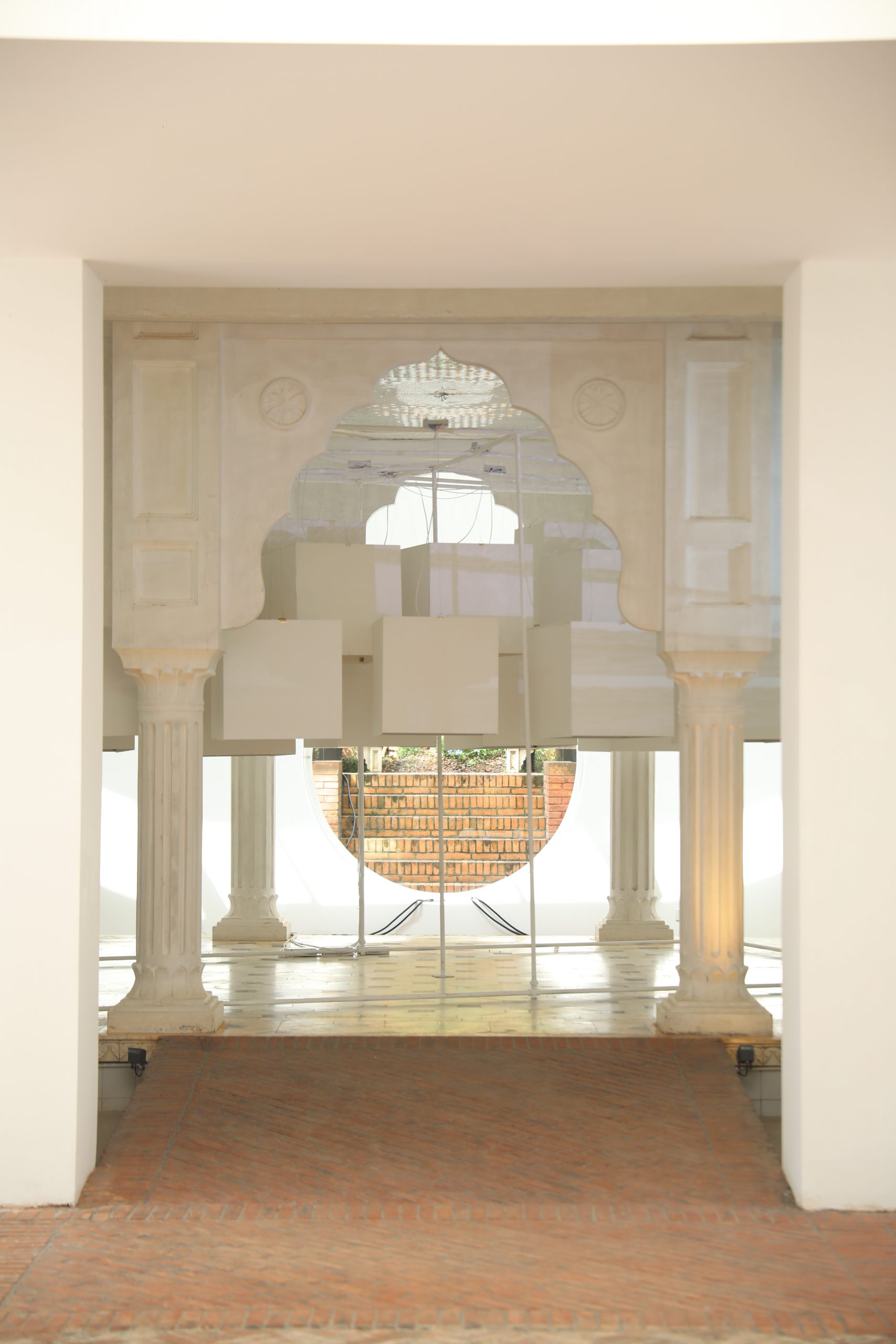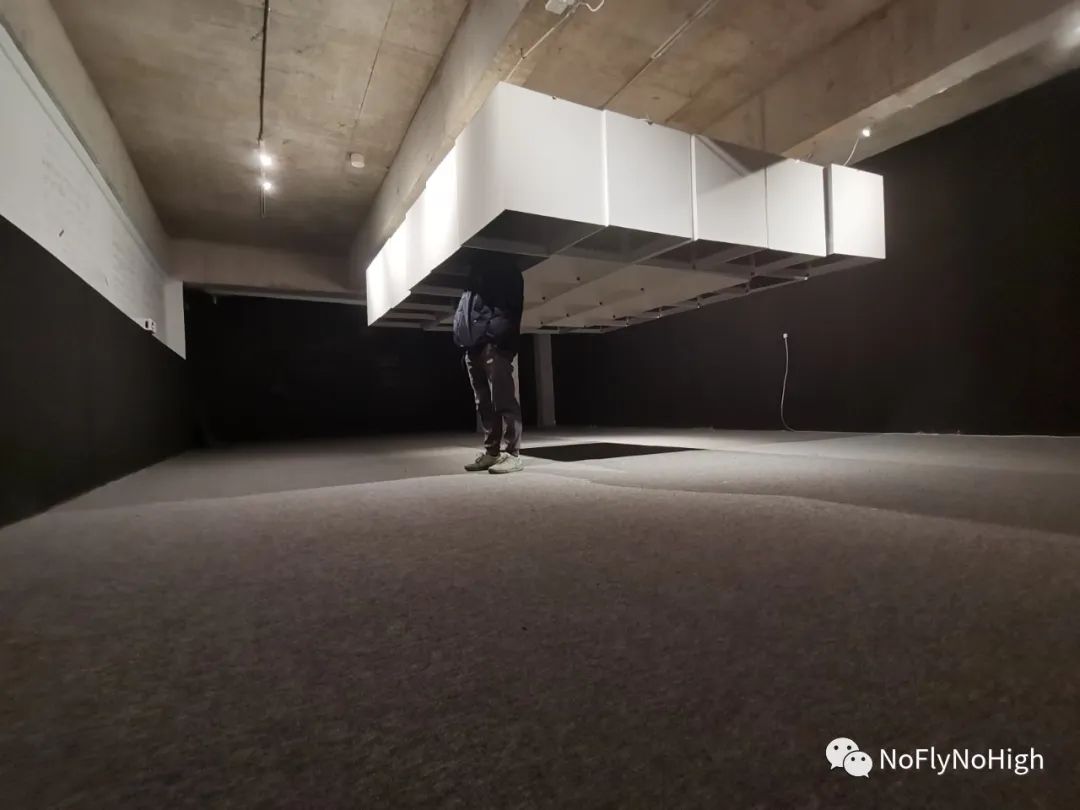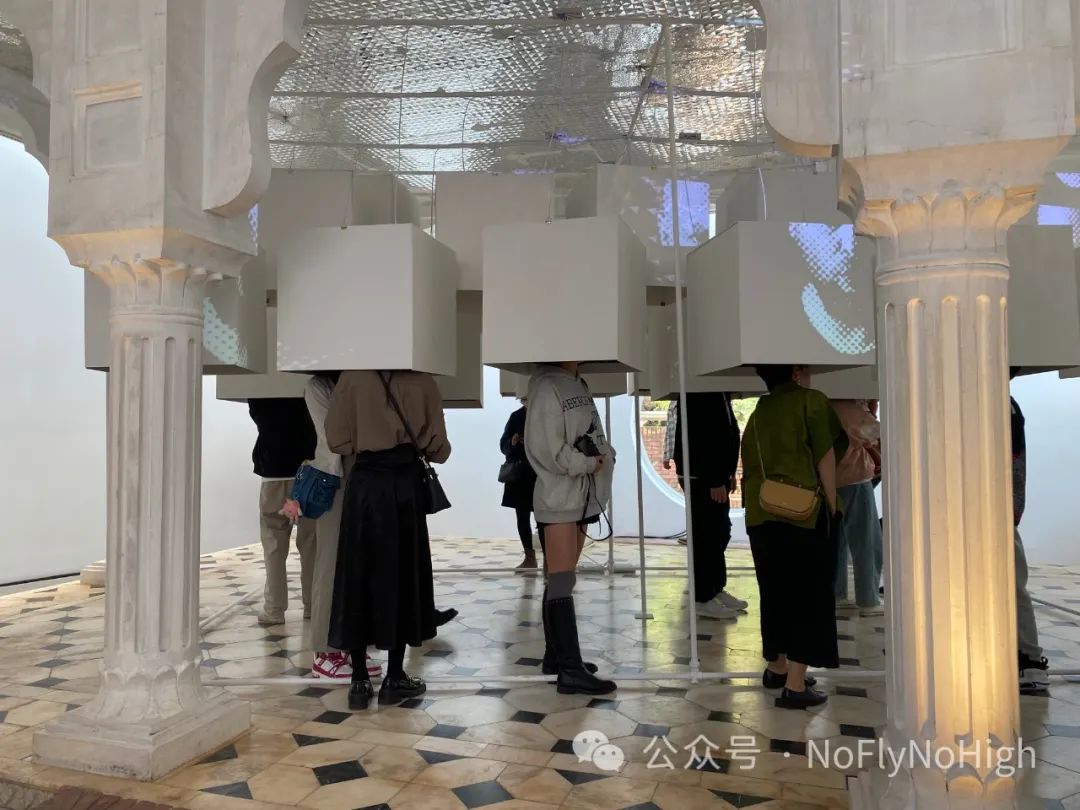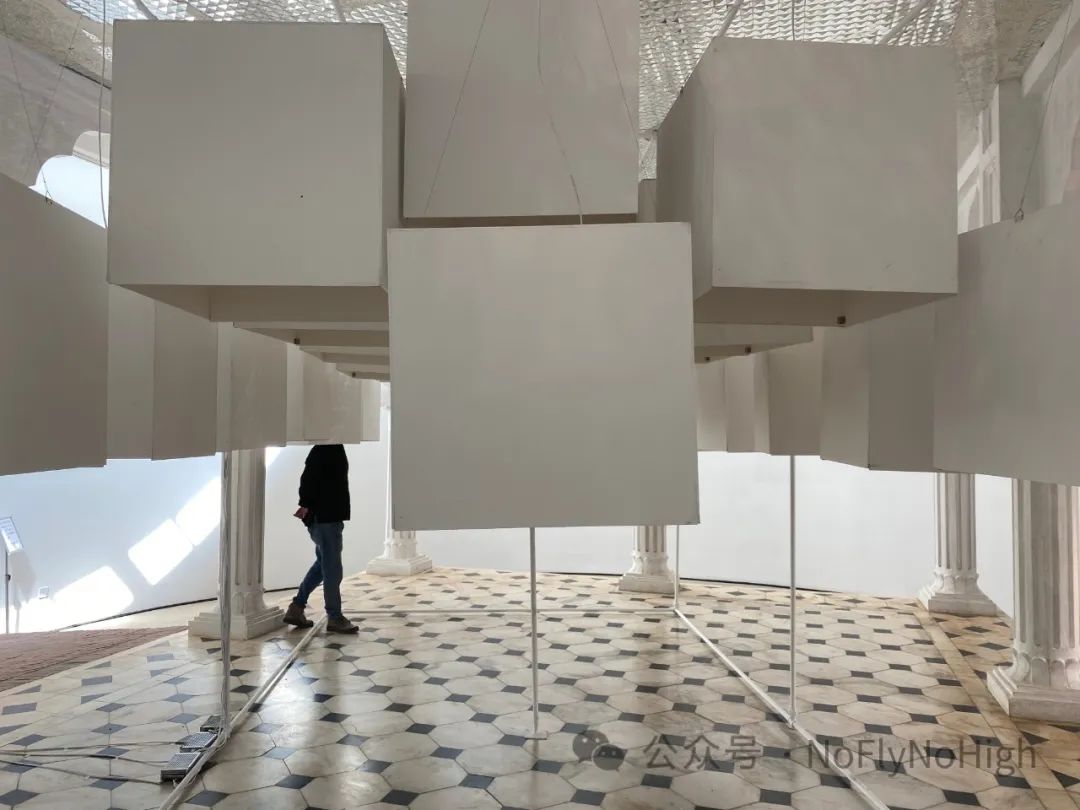建立声音感知/Establish sound perception
当我们回忆一天的事情时,我们往往会描述出来一个具体的场景,这个场景包含着一个完成的动作。这个动作要么以内在语言、要么以具体画面在我们脑海中重现。如果将这个问题在问一次,回忆一天你感知到的声音场景。你的感知会关注到声音:催人早起的闹钟、衣服的摩擦、涮牙声、奔跑声、对话、大笑等等。而这种对于声音的回忆往往需要他人的提醒才会有意识的唤起。
When we recall the events of the day, we tend to describe a specific scene that contains a completed action. This action is either reproduced in the inner language or in our minds as concrete images.If you ask this question once, recall the sound scene you perceived throughout the day. Your perception will focus on sounds: the wake up alarm, the rubbing of clothes, the sound of shabu-shabu, the sound of running, conversation, laughter, and so on.And this kind of recollection of sound often needs to be reminded by others before it can be consciously evoked.
视觉主义/Visualism
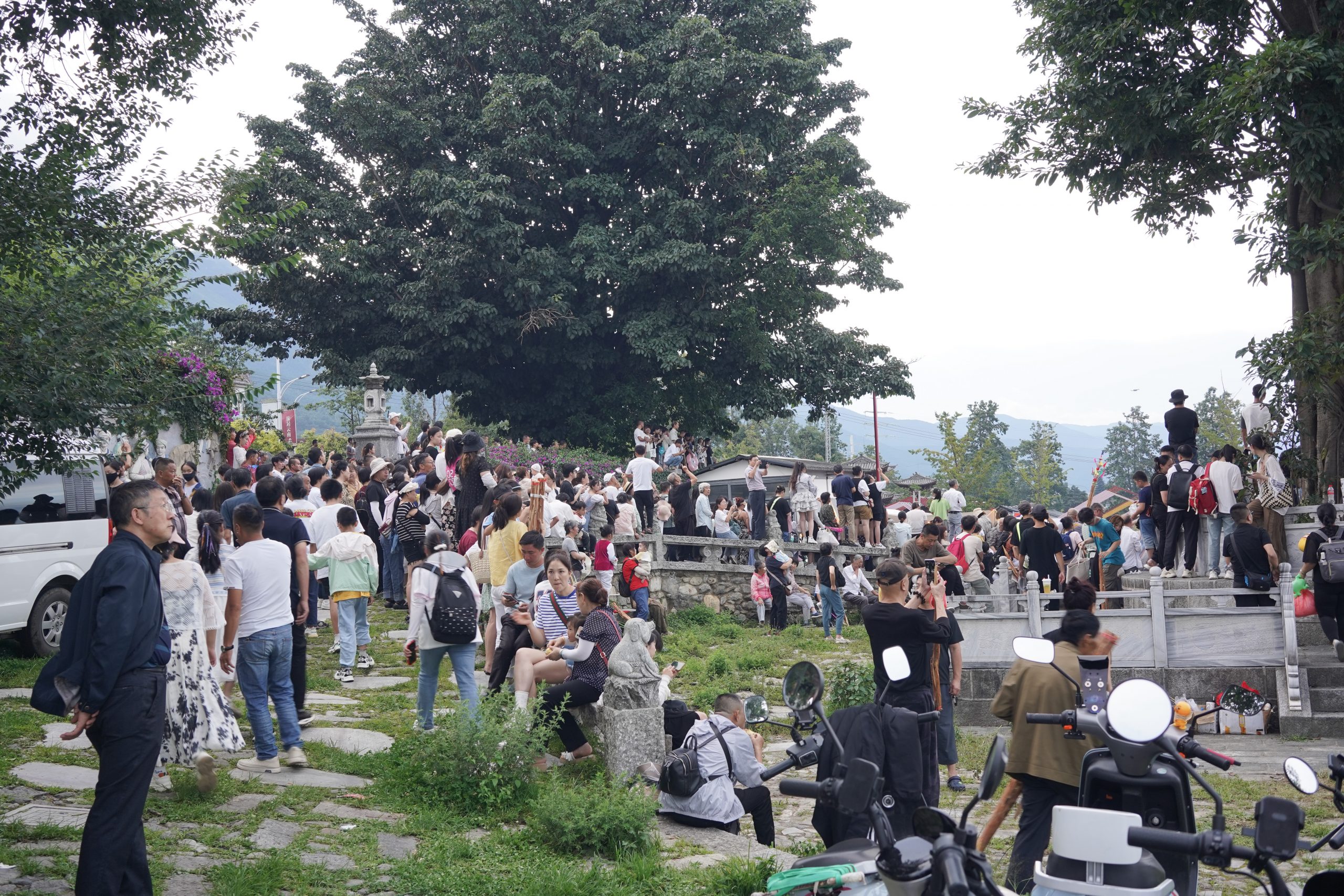
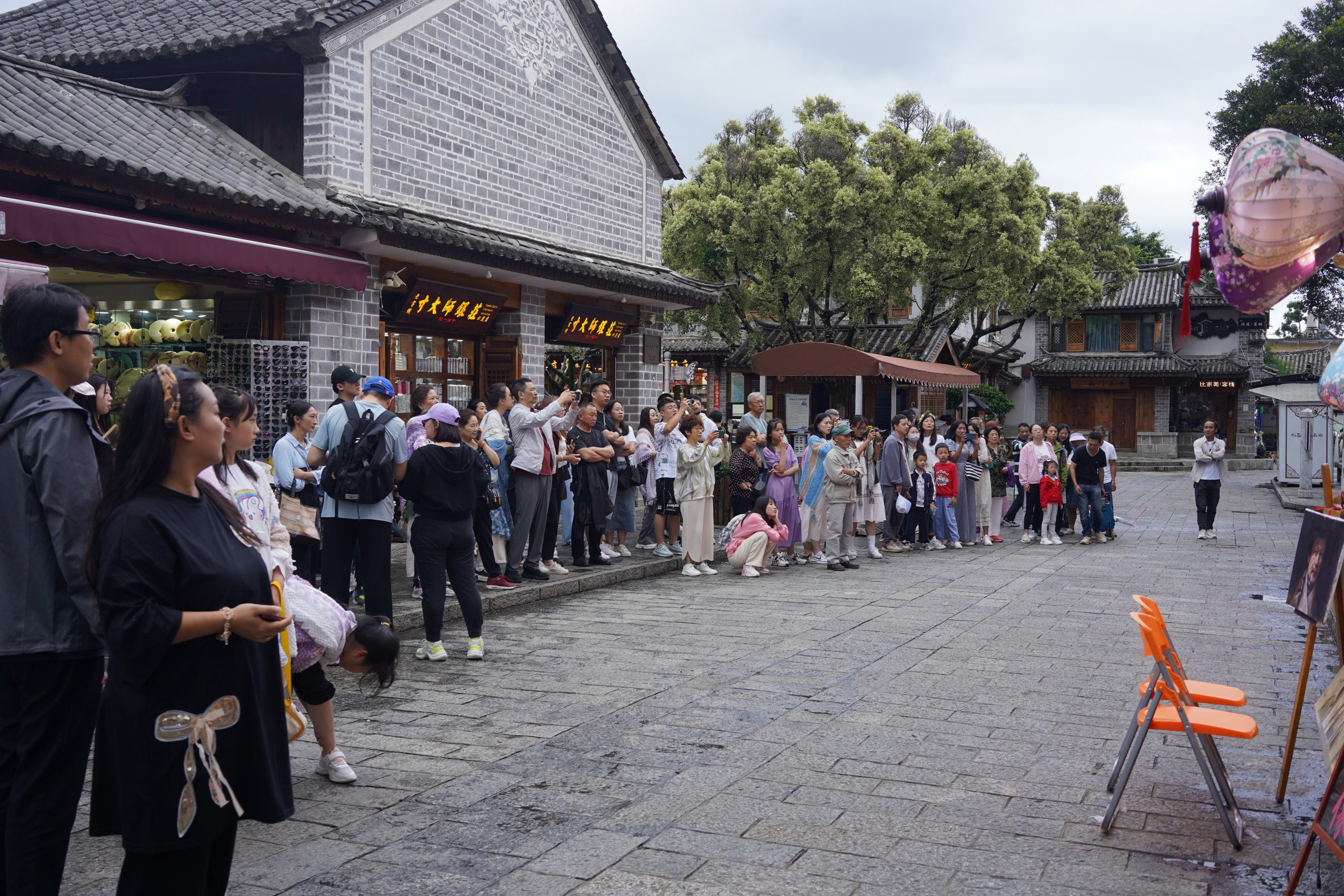
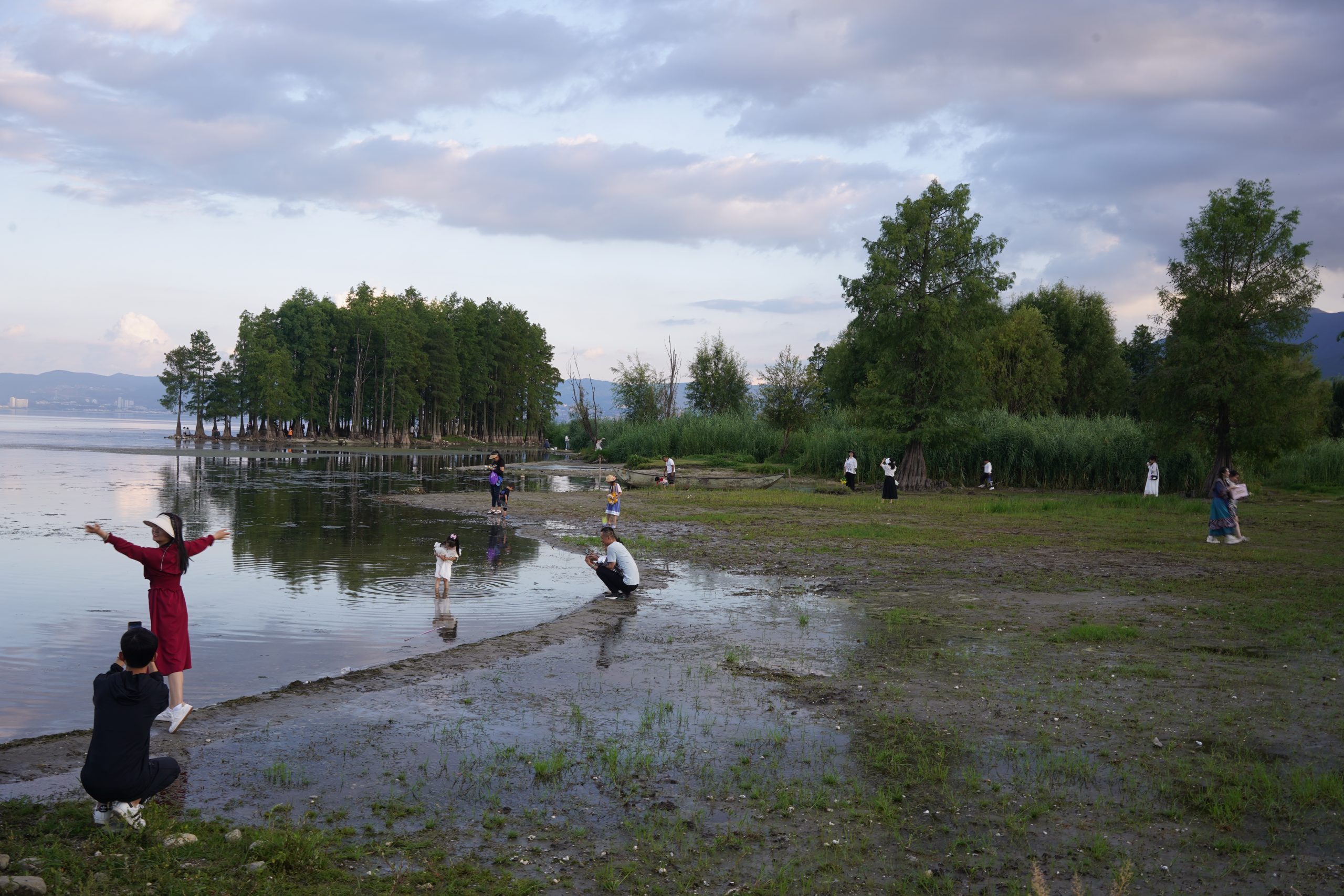
这是一个视觉主导的世界。当我们环顾周围,大多数的设计都是以视觉为主要的展开方式。我们也会将我们的行为变成可供传播的图片。当我们这样做的时候,甚至是一种无意识的行为。典型的,当我们去到一个地方旅游时,我们会到具有视觉特点的场景当中,拍一张照,最后分享到某处而完成整个图片的生产。我们是否意识到为什么要拍这样的图片,为什么要分享?当我们的图片生产和传播行为变成一种无意识行为时,意味着我们成为了图片的附庸——是图片本身通过我们去完成传播,而不是我们通过图片去完成表达。即,我们的行为是为了匹配图片。
It’s a visually dominant world. When we look around, most of the designs are visually oriented. We also turn our actions into images that can be disseminated. When we do this, it’s even an unconscious act. Typically, when we travel to a place, we will go to a scene with visual characteristics, take a photo, and finally share it somewhere to complete the production of the whole picture. Do we realize why we take such pictures and why we share them? When our act of image production and dissemination becomes an unconscious act, it means that we become vassals of the image—it is the image itself that is transmitted through us, not the expression that we complete through the image. That is, we act in order to match the picture.
声音的聆听/Sound listening
那么,通过声音可以完成对于视觉中心的平衡和补充。毕竟,在感官的生理构造角度,听觉是无休止的开放的。我们可以建构对于声音聆听的分析方式,让我们对声音的感知更为敏感和深入。我们可以从认知、情绪、身体三维度去分类我们聆听声音的方式。
Then, the balance and complement of the visual center can be completed through sound. After all, in terms of the physiology of the senses, hearing is endlessly open. We can construct an analysis of sound listening, so that we can be more sensitive and in-depth to the perception of sound. We can classify the way we listen to sound from three dimensions: cognitive, emotional, and physical.
认知介入的/Cognitively involved
sampler:
sampler:
当我们听到一段语音是,我们会想它在表达什么意思,这段声音被我们理解为信息,认知会对这段声音进行解码而捕获表达的含义。或者,当我们听到有点熟悉又不那么熟悉的声音时(非语音),我们会有意去探寻究竟是什么发出的声音——声源是什么?
When we hear a piece of speech, we think about what it means, the sound is understood by us as information, and cognition decodes the sound to capture the meaning of the expression.Or, when we hear something that is somewhat familiar and not so familiar (non-speech), we deliberately ask what exactly is the sound coming from – what is the source?
情绪反应的/Emotional reactions
sampler:
而,当我们听到诸如海浪、鸟叫、风声这一类声音时,认知不会介入,我们会感觉到舒适或者放松,一种情绪的反应。
When we hear sounds such as ocean waves, birds, or wind, cognition doesn’t intervene, and we feel comfortable or relaxed, an emotional response.
身体刺激的/Physical irritation
sampler:
典型如闹钟,它原本只是一段音乐,而我们却会对这一段音乐即刻的产生身体的反应。又诸如当我们听到舞曲时,不自觉要抖动一样。
Typical examples are an alarm clock, which is originally just a piece of music, but we have an immediate physical reaction to this piece of music. Or when we hear dance music, we don’t consciously shake.
当我们获得了对于声音的分析路径之后,是否可以通过声音去表达。我们感兴趣的是对于一个个体来说,声音是否可以成为他建构身份认同的方式?这个问题成为我们介入声音角度最为主要的关注点。
When we have an analytical path for sound, can we express it through sound? We are interested in whether voice can be a way for an individual to construct his identity.This question has become the main concern of our intervention in the sound angle.
身份认同/Identity
我们可以从不同的角度去理解身份认同:我们可以将身份认同看作是多元身份之间的张力。当这种张力足够大时,个体就陷入身份认同的焦虑。比如,我同时是一个父亲和一个机构的创始人,当这两个身份之间出现张力时,每一次选择和取舍都会带来身份认同的焦虑。从心理学角度来看待身份认同,更多的是个体对于身份建构的一致性和连续性。当他人期待和个人评价匹配时,一致性可以保持的很好。当过往的经验能支持我面对新场景时,连续性也没有被破坏。从社会学角度来看待身份认同,会聚焦在群体归属性。我们可以看到,一致性和差异性是认同的两面——既要和他人保持一致性又要和他人呈现差异性。
We can understand identity from different perspectives:We can think of identity as the tension between multiple identities. When this tension is strong enough, the individual falls into identity anxiety. For example, I am a father and the founder of an institution at the same time, and when there is tension between these two identities, every choice and trade-off brings identity anxiety.From a psychological point of view, identity is more about the consistency and continuity of the individual’s identity construction. Consistency can be maintained well when others expect a match with personal evaluations. When past experiences support me in new scenarios, continuity is not broken.A sociological approach to identity focuses on group belonging.We can see that consistency and difference are two sides of identity – both to be consistent with others and to present differences with others.
我们可以从几个声音的例子来感受我们如何可以通过声音来建构这种认同感。
We can look at a few examples of sound to get a sense of how we can construct this sense of identity through sound.
👆打陀螺的老人会想办法让自己的鞭打更为响亮,让自己的陀螺转动的更为独特。以此来获得群体内的认同。The old man who plays the top will find a way to make his whipping louder and make his spinning top more unique. In this way, it is necessary to gain recognition within the group.
👆指挥交通的交警会把电动的哨子声当作个人身份的表达途径。两种身份通过声音完成交织——演员和交警。Traffic police officers who direct traffic will use the electric whistle as an expression of personal identity. The two identities are intertwined through the voice – the actor and the traffic policeman.
👆上海上港主场的球迷会通过90分钟不停歇的呐喊将自己置入球迷这个群体。The fans at SIPG’s home stadium will place themselves in the crowd with 90 minutes of non-stop shouting.
或多或少的我们总是能找到通过声音建构身份认同的方式。如何将它作为一种生活的实践展开——即通过声音实践的方式获得一种认同感。这是我们的所要关注的。
More or less, we can always find ways to construct identity through sound.How to unfold it as a practice of life – that is, to gain a sense of identity through the practice of sound. That’s what we’re going to focus on.
声音实践/Sound practice
我们在两座城市做了这个声音实践:昆明和成都。在昆明,我们用旁听者的角色在城市各个空间游走记录。可以听到周围的人所创造的各种声响。在公园内通过挥鞭的张扬声,道观内谨小慎微不敢的安静,教堂内齐声高唱的肃穆。可视为此刻他们正在以声音作为主体建构的方式。在成都的作品中,我们采用了工作坊的方式,将作品的创作过程设计成一个社会参与的事件。数十位生活长期生活在成都的人在工作坊中一起完成了关于“声音和身份认同”的声音采集创作。在这座城市中,我们可以关注到自身所创造的各种声响。喝茶的声音、烧水的声音、吟诵的声音、行走的声音。日常且独特。在某个当下,声音成为我们建构自身的方式。
We did this sound practice in two cities: Kunming and Chengdu.In Kunming, we use the role of observer to travel through various spaces in the city to record. You can hear the sounds created by the people around you. In the park, through the sound of whipping, the Taoist temple is cautious and quiet, and the church sings in unison. It can be seen that at this moment they are using sound as the way of subjectivity.In Chengdu, we have adopted a workshop approach, designing the creative process of the work as an event of social participation. Dozens of people who have lived in Chengdu for a long time have completed the sound collection and creation of “sound and identity” in the workshop. In this city, we can pay attention to the sounds we create. The sound of drinking tea, the sound of boiling water, the sound of chanting, the sound of walking. Everyday and unique. In a certain moment, sound becomes our way of constructing ourselves.
最后,在这两个城市,我们都将声音片段封装进一个一个60cm*60cm*60cm盒子当中,30个方形盒子形成一个更大的方形矩阵。当这些声音在盒子里发声时,30个盒子构成的集体声响呈现出来的声景对应了一种城市生活的一致性。而在一个个隔音处理过的盒子里,我们聆听是一个个具体的声响,一种独特性又呈现出来。
Finally, in both cities, we encapsulated the sound clips into a 60cm*60cm*60cm box, and the 30 square boxes formed a larger square matrix. When these sounds are emitted in the box, the collective sound of the 30 boxes presents a soundscape that corresponds to a coherence of urban life. And in each soundproofed box, we listen to specific sounds, and a uniqueness is presented.
